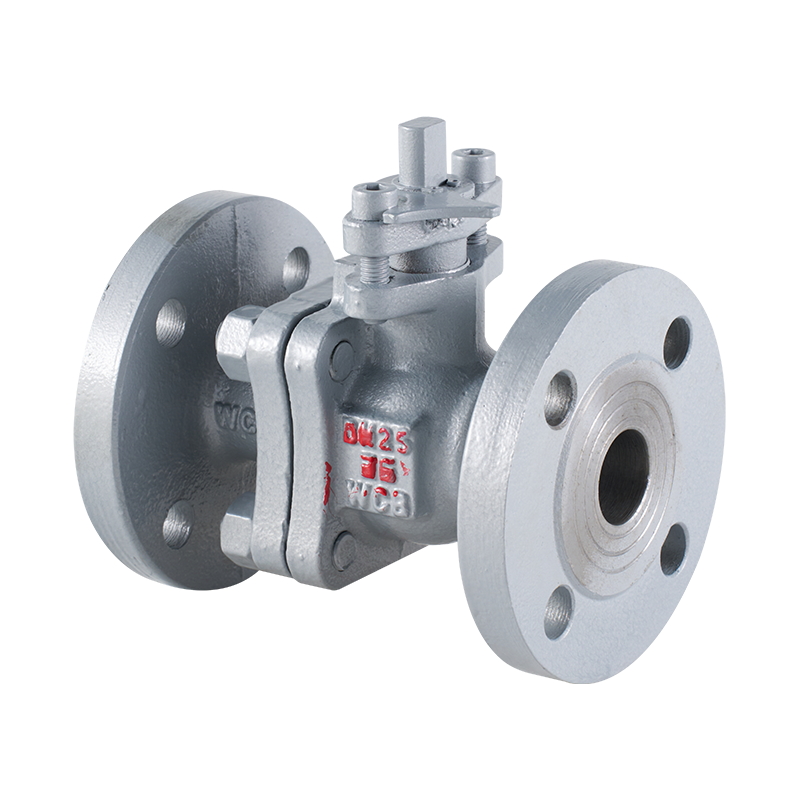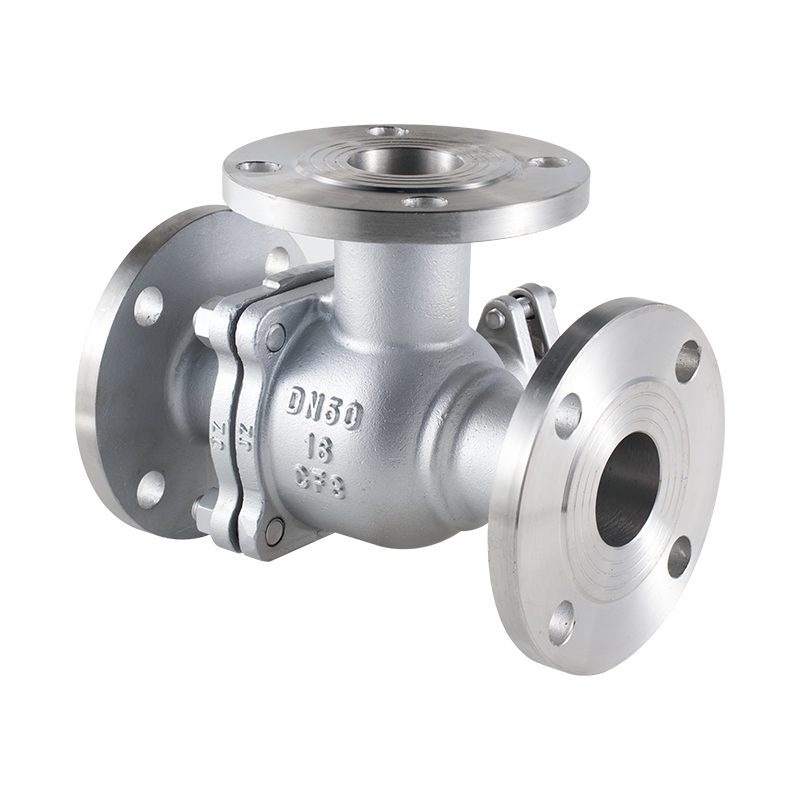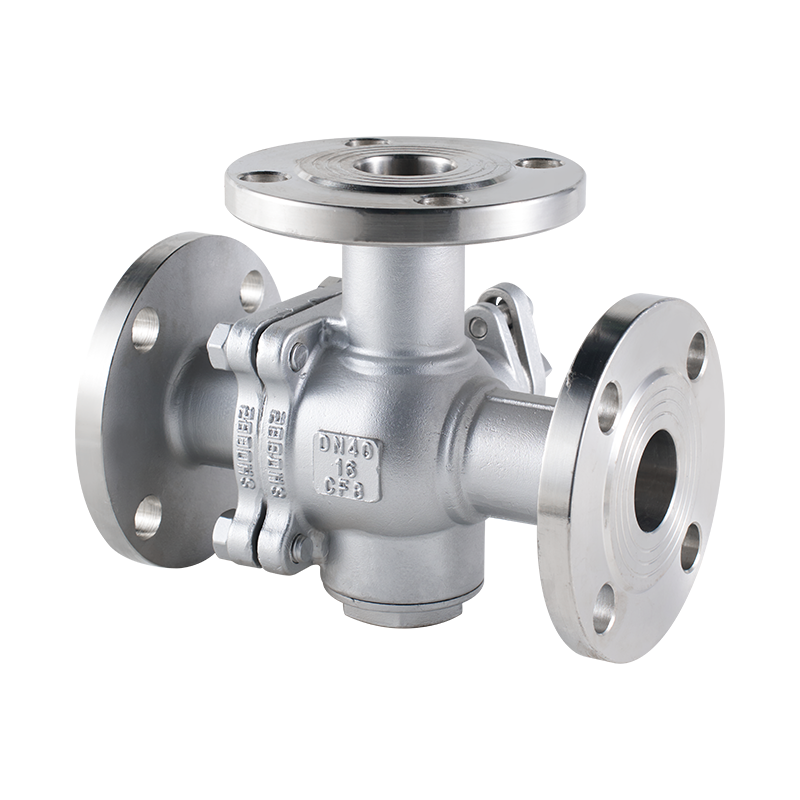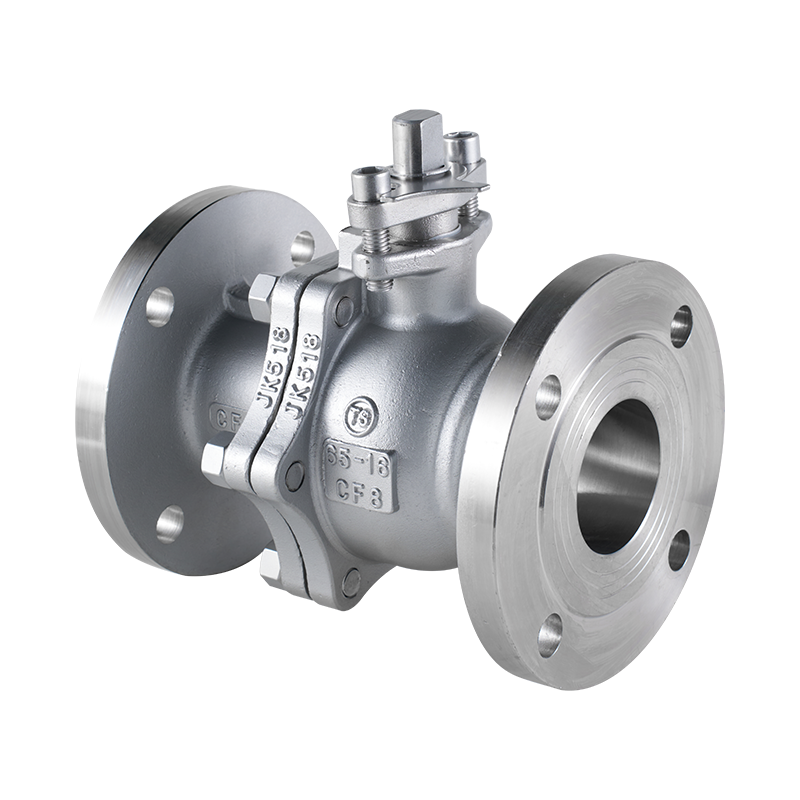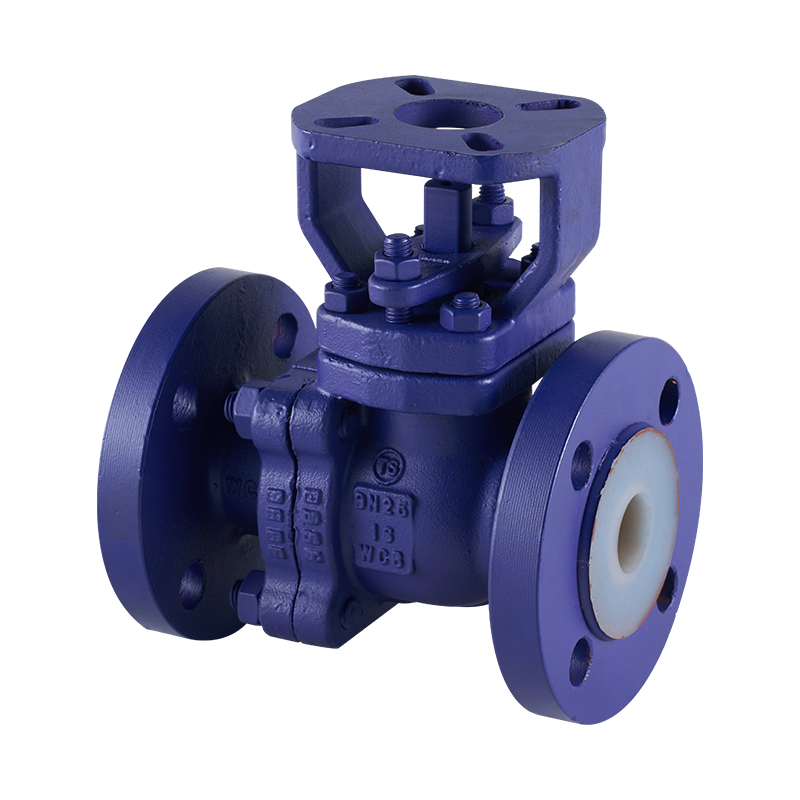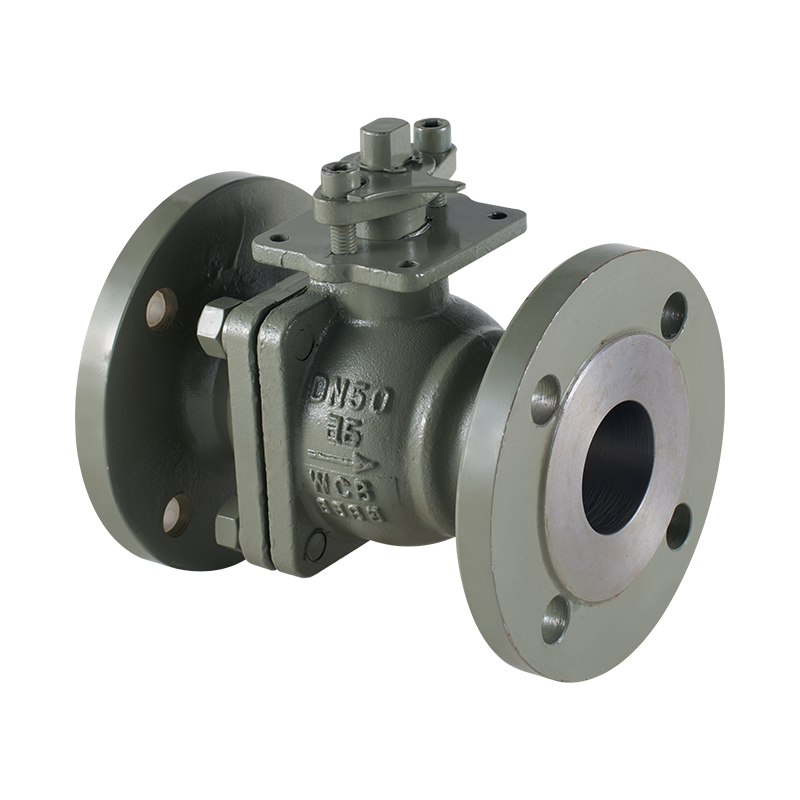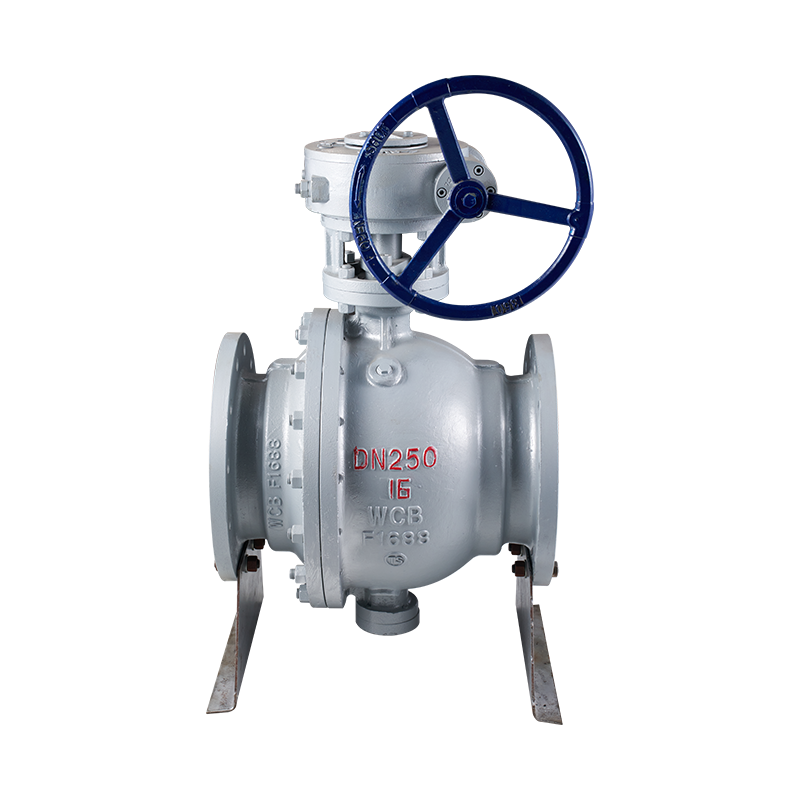The Expansion Tank Bottom Ball Valve is an integral component used in various systems, particularly in heating and cooling applications. To understand its significance, it's important to trace its historical development, as it evolved from simple flow control valves to the more sophisticated designs seen today.
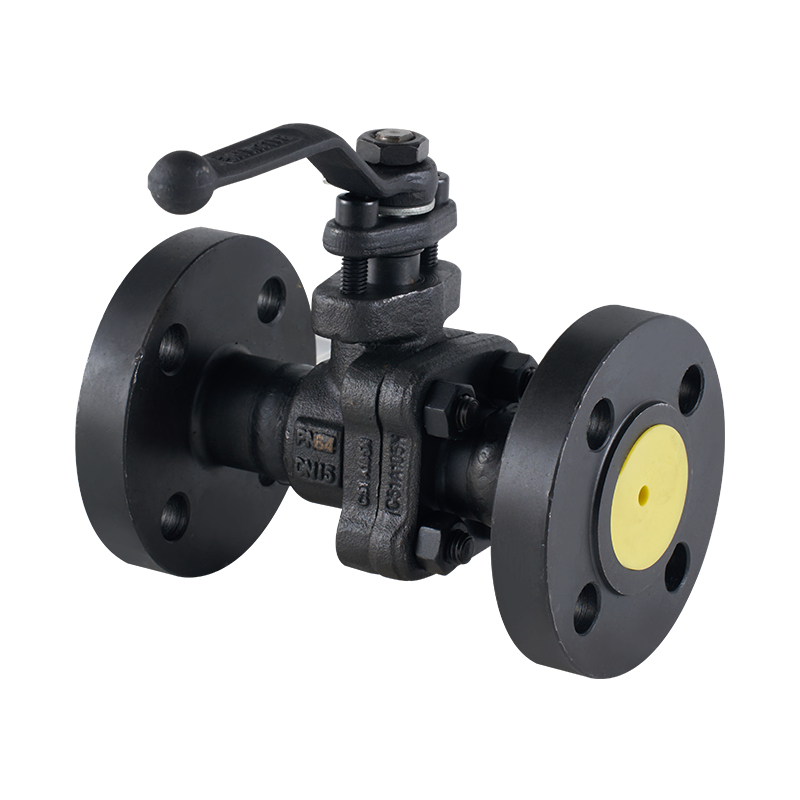
Historically, expansion tanks were introduced to manage the pressure changes that occur in closed-loop heating systems. In these systems, the water temperature changes due to heating or cooling, which bring about the expansion and contraction of the water. If the system is not properly managed, these changes can cause pressure spikes, damaging pipes, fittings, and other components. The expansion tank was designed to absorb this excess pressure and protect the system.
The Expansion Tank Bottom Ball Valve specifically emerged as a solution to manage water flow into and out of the expansion tank. This ball valve is located at the bottom of the expansion tank and plays a critical role in controlling the pressure by regulating the water supply into the tank. Its role became even more crucial as system pressures increased with the development of high-efficiency systems in the latter half of the 20th century.
The design of the ball valve provided an way to control water flow with minimal friction, which contributed to its increasing use in modern systems. The bottom ball valve allows for a tight seal, reducing the risk of leaks, which is crucial in pressurized systems. Over time, advancements in materials and manufacturing techniques have made the Expansion Tank Bottom Ball Valve even more durable, with improved resistance to corrosion, wear, and high pressures.
The Forged Floating Ball Valve appeared as a response to the growing need for valves that could handle higher pressures and more demanding operational environments. To understand its emergence, it's important to consider the technical limitations of earlier valve designs and the advancements in material science that led to the development of forged ball valves.
Before the Forged Floating Ball Valve was introduced, traditional valves, such as welded or cast valves, were the standard. While these valves served many industries well, they had limitations in terms of pressure and strength. Cast valves, in particular, were prone to defects such as porosity and brittleness, especially in high-pressure applications. This created challenges for industries like oil and gas, petrochemical, and power generation, where valves need to withstand operating conditions.
The introduction of the Forged Floating Ball Valve revolutionized valve design by addressing these weaknesses. The term "forged" refers to the process of shaping the valve body from a solid piece of material (typically steel), which significantly improves its strength and integrity. Unlike cast valves, forged valves do not have internal voids or weaknesses, making them more reliable under pressure. This forging process ensures that the Forged Floating Ball Valve can withstand the demands of high-pressure systems, such as those found in the oil and gas industry.
The floating ball design in this valve is another key feature. In this design, the ball is not fixed to a trunnion (a rigid mount), as in other valve designs, but "floats" within the valve body. This allows for a tighter seal when the valve is closed, which minimizes leakage and improves performance. As the valve is operated, the ball is pushed against the downstream seat, ensuring a secure shutoff.

 English
English 中文简体
中文简体


